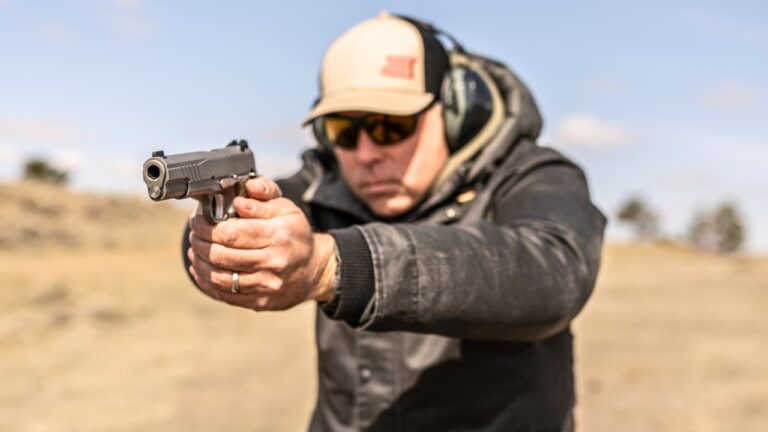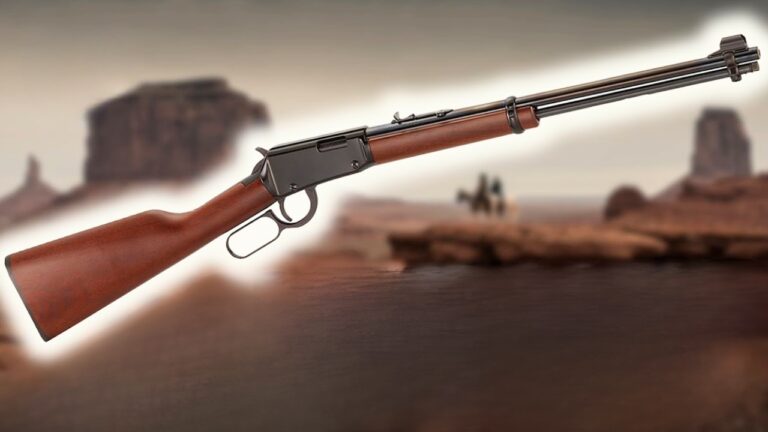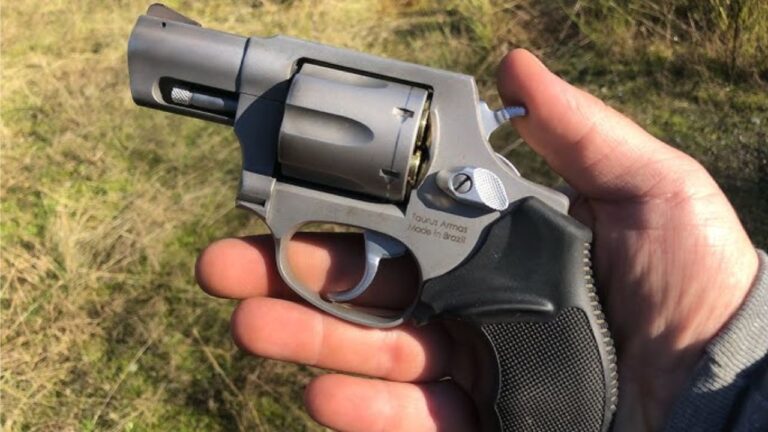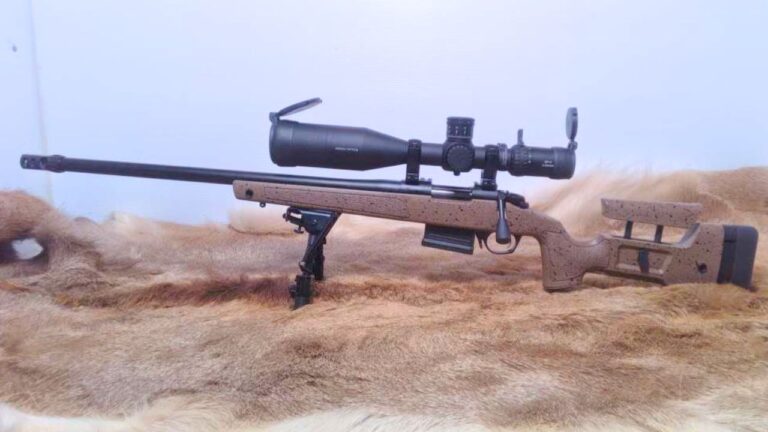You’ve probably got rifles that shoot tighter groups or weigh less on a long hike. But when you’re heading out to the range, or out to the field, you reach for the one you trust to run. That’s the M1A Standard for me. It’s not perfect—far from it—but I know what I’m getting every time I shoulder it. The balance feels right, the action cycles smooth, and it keeps hitting what I point it at. I’ve got newer rifles with better specs on paper. Doesn’t matter. This one keeps proving itself the old-fashioned way—by showing up, holding zero, and running clean.
Accuracy is good enough for the job
If you’re expecting half-MOA precision out of the box, go buy something with an aluminum chassis and a name that sounds like a telescope. The M1A isn’t built for that. But if you know how to shoot it—and you’re willing to do your part—it’ll hit steel at 600 yards and ring it again and again. I’m not chasing benchrest groups with mine. I’m slinging 168s at silhouettes, checking wind, and seeing what it’ll do prone or off a pack. Groups hover around 1.5 to 2 MOA with good ammo. That’s plenty respectable for a semi-auto .308 with irons.
The weight is a curse and a blessing
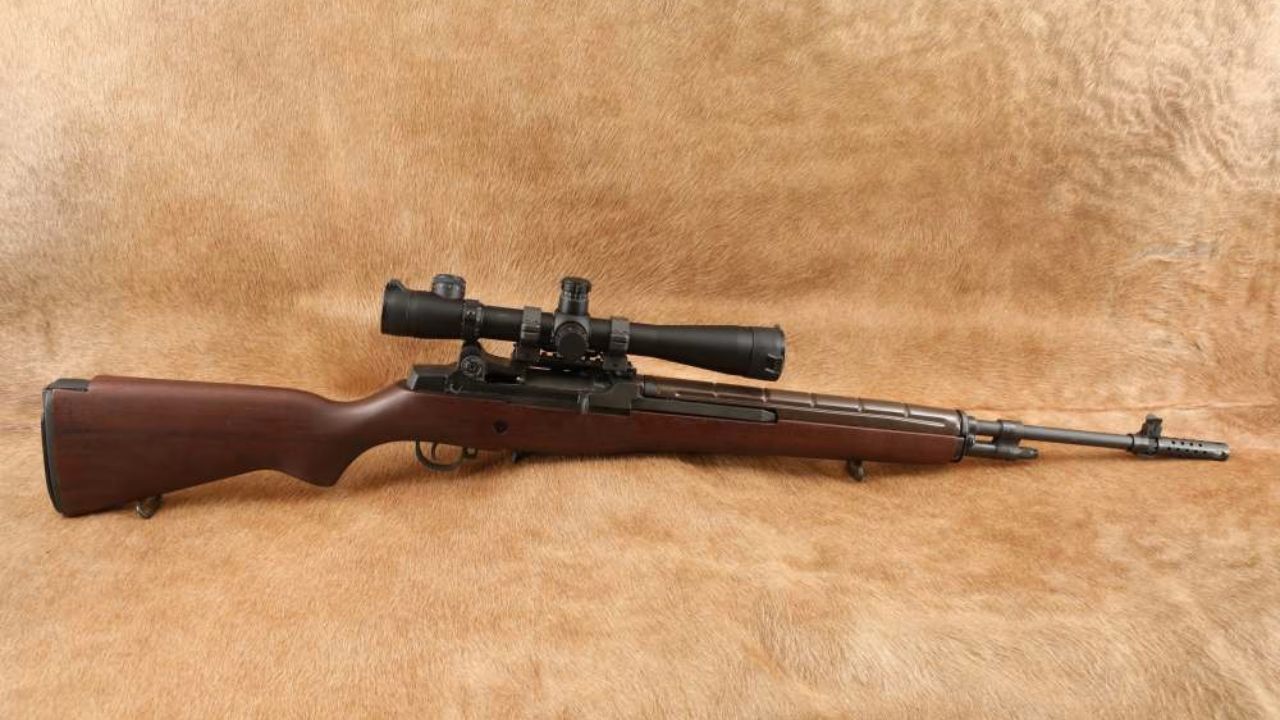
You notice it as soon as you pick it up. The M1A Standard isn’t light, and if you’re walking up ridgelines with it all day, you’ll feel it in your shoulders. But that extra weight does help when you’re behind the gun. It soaks up recoil and keeps you on target better than most .308s in its class. Fast follow-ups are easier. Long sessions don’t beat you up. There’s a difference between heavy and unbalanced—and this rifle knows where its mass should be. You pay for it in the carry, but you appreciate it once the shooting starts.
Magazines take practice and patience
If you’re used to AR-10s or anything modern with straight-in mags, the M1A’s rock-and-lock system can feel clunky at first. It takes time to learn how to seat them without fumbling. Once you get the motion down—angle in, rock back, firm tug—it becomes muscle memory. But it’s still not fast under pressure. That’s something you need to accept with this platform. It’s a nod to the M14 roots, not a tactical design made for quick mag swaps. If speed reloads are a priority, you’ll fight it. But if you’re running it slow and steady, it won’t get in your way.
Irons are part of the experience
The factory sights on the M1A are some of the best out there. There’s a reason old service rifles get copied—the rear aperture and front blade combo work. You can fine-tune elevation and windage with solid clicks, and once it’s dialed, it stays put. I’ve shot scopes and red dots plenty, but there’s something satisfying about working irons on this platform. You read the wind, hold steady, and earn your hits. And even though mine’s worn glass from time to time, I keep going back to irons because it feels right. Like the rifle’s finally doing what it was built to do.
Cleaning isn’t as bad as folks claim
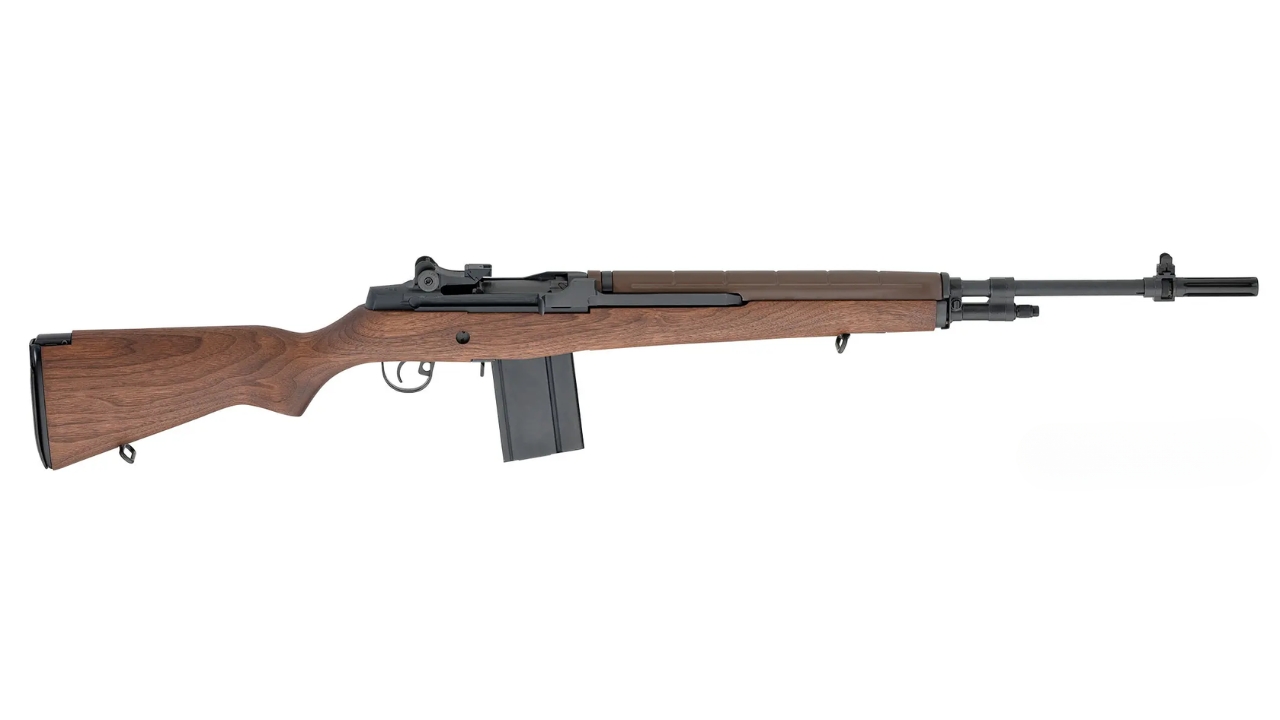
You’ll hear people gripe about tearing down the M1A. And yeah, it’s not as slick as popping two pins on an AR. But it’s not complicated once you’ve done it a few times. The bolt, op rod, and trigger group all come apart with basic tools and some patience. What I’ve noticed is that it doesn’t get filthy fast. Even after a couple hundred rounds, the action’s still running smooth and the brass isn’t showing weird signs. Clean it when you’re done shooting, grease the right spots, and it’ll keep going without drama. It’s more forgiving than folks give it credit for.
It keeps running even when it shouldn’t
I’ve shot this rifle dirty, dusty, wet, and cold. I’ve dropped it in gravel, dragged it through brush, and let it ride in the back of a side-by-side longer than I care to admit. It still runs. There’s something confidence-building about a rifle that shrugs off neglect. I’ve had ARs get picky about ammo or carbon. Not this one. It’s never jammed, never failed to lock back, and never left me second-guessing. That kind of reliability matters more than any spec sheet. When I don’t want to think about whether a rifle will work, I reach for the M1A.
You shoot better when you actually enjoy the rifle
This isn’t a tactical flex or a range toy built for Instagram. It’s a rifle that reminds you why you started shooting in the first place. The trigger feels right. The recoil is manageable. The balance settles into your shoulder like it’s been there a hundred times. You find yourself spending more time on the line, burning through more ammo, and getting more confident because you’re not distracted by anything else. I’ve got lighter rifles, more modern rifles, and yes, more accurate ones. But this is the one that keeps making it into the truck. Not because it’s flawless—but because it earns it. Every single time.
Like The Avid Outdoorsman’s content? Be sure to follow us.
Here’s more from us:
Calibers That Shouldn’t Even Be On the Shelf Anymore
Rifles That Shouldn’t Be Trusted Past 100 Yards
*This article was developed with AI-powered tools and has been carefully reviewed by our editors.

